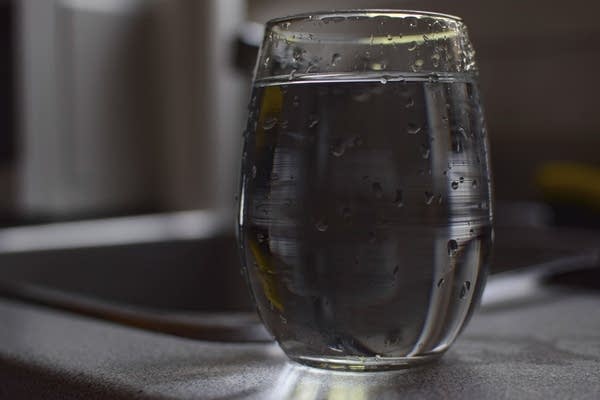Camp Ripley to test nearby residents’ water for 'forever chemicals'

The drinking water at Camp Ripley is tested frequently and has been found to be safe, Kruse said. But its wells draw from deep groundwater, while some neighboring property owners have shallow wells that could be more susceptible to contamination, he said.
Officials are reaching out to about 30 property owners who live within a quarter-mile of the camp’s boundaries.
Mackenzie Lad | Institute for Investigative Journalism | Concordia University via AP 2019
Go Deeper.
Create an account or log in to save stories.
Like this?
Thanks for liking this story! We have added it to a list of your favorite stories.


